The Federal Aviation Administration released Sunday its long-awaited proposal for governing small commercial drones, setting a plan for remote-controlled aircraft to share the skies with passenger planes.
The FAA proposal would allow drones weighing up to 55 pounds to fly within sight of their remote pilots during daylight hours. The aircraft must stay below 500 feet in the air and fly less than 100 mph.
People flying drones would need to be at least 17 years old, pass an aeronautics test and be vetted by the Transportation Security Administration, but a certificate wouldn’t require the flight hours or medical rating of a private pilot’s license.
“We have tried to be flexible in writing these rules,” FAA Administrator Michael Huerta said. “We want to maintain today’s outstanding level of aviation safety without placing an undue regulatory burden on an emerging industry.”
The FAA asked for 60 days of public comment on its proposal for commercial drones, but industry experts expect the analysis of comments could take 18 months or longer before the rules are completed.
In another action Sunday, President Obama signed a presidential memorandum governing how federal agencies will use drones of all sizes.
The memo, which has the same legal effect as an executive order, requires agencies to publish within one year how to access their policies about drones, particularly about the collection, retention and dissemination of information. The goal is to ensure that uses don’t violate the First Amendment or discriminate against people based on ethnicity, race, gender, religion or sexual orientation.
And the Commerce Department’s National Telecommunications and Information Administration will begin developing a framework for privacy and transparency in commercial use of drones, which the administration hopes trade groups will ultimately adopt.
While surveillance of the southern border of the United States is one of the most publicized federal uses of drones, the aircraft are expected to be deployed for a variety of other purposes.
Drones “are a potentially transformative technology in diverse fields such as agriculture, law enforcement, coastal security, military training, search and rescue, first responder medical support, critical infrastructure inspection and many others,” according to a White House statement. “The administration is committed to promoting the responsible use of this technology, strengthening privacy safeguards and ensuring full protection of civil liberties.”
The FAA proposal and the presidential memo represent the latest progress in integrating drones into U.S. airspace. Congress set a September 2015 deadline for establishing rules and standards, although the Government Accountability Office doesn’t expect the agency to meet it.
The Association for Unmanned Vehicle Systems International, a trade group, projects the industry will create 70,000 jobs with $13.6 billion in economic activity during the first three years after drones fully share the skies with other aircraft.
The FAA has been granting certificates for drone flight to public agencies such as local police departments for years. And in September, the FAA began granting waivers for commercial uses such as filming on closed television and movie sets, bridge inspections and agricultural surveys. So far, 28 waivers have been given.
Hundreds more companies have applications pending. Industry advocates have urged faster action and more flexible rules out of concern that drone research will move overseas if the government moves too slowly.
“Technology is advancing at an unprecedented pace and this milestone allows federal regulations and the use of our national airspace to evolve to safely accommodate innovation,” Transportation Secretary Anthony Foxx said.
The new FAA proposal doesn’t apply to hobbyists. The agency already issued a policy for recreational use, with rules calling for flying less than 400 feet high and within sight of the operator, while keeping clear of other aircraft and notifying air-traffic control when flying within 5 miles of an airport.
The small-drone crash Jan. 26 at the White House renewed focus on regulations. Though the incident is still under investigation, indications are it involved a recreational user losing control of the aircraft.
The certification requirement for commercial drones could be contentious. The Air Line Pilots Association, a union representing 50,000 commercial pilots, has urged that drone pilots be highly trained and monitored to prevent midair collisions.
The FAA proposal for commercial operators to keep their drones within sight means they can’t rely on on-board cameras to fly farther away. The proposal maintains the existing prohibition against reckless flight and it would bar an operator from dropping anything from the aircraft.
The agency also asks for comment about rules for the smallest drones weighing up to 4.4 pounds, which are nicknamed micro drones. Industry groups have asked for greater flexibility for the smallest drones flying faster.
The Unmanned Aerial Systems America Fund, a group which was organized a year ago to provide financing for drone development, formally asked the FAA in December for a separate rule for drones up to 3 pounds flying lower than 400 feet high and more than five miles from airports.
Brendan Schulman, a lawyer representing the group, has told the FAA that a study found “no significant added risk” to other aircraft from these smallest drones.
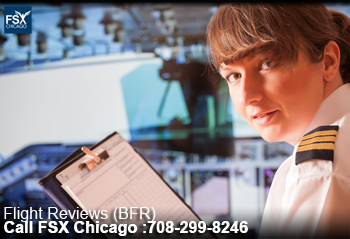
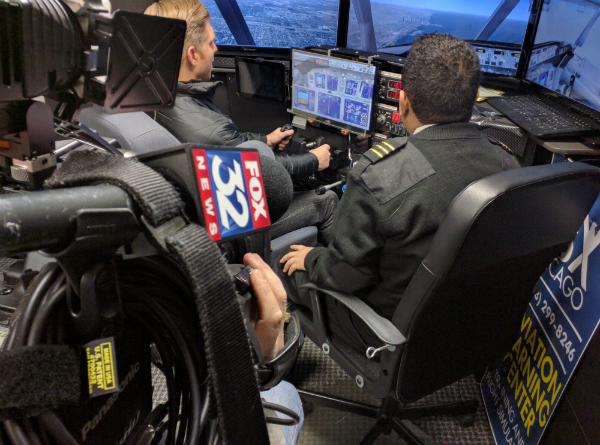
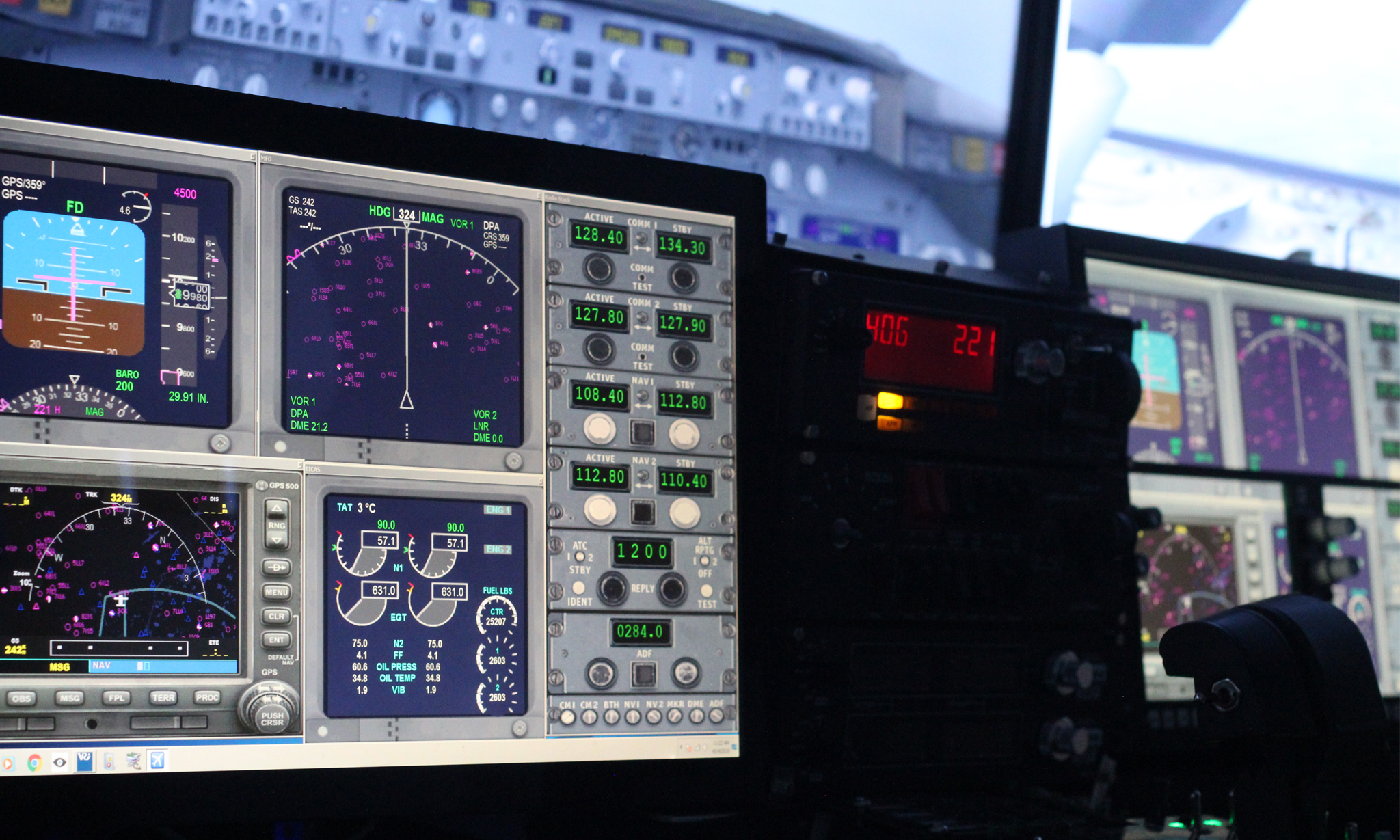


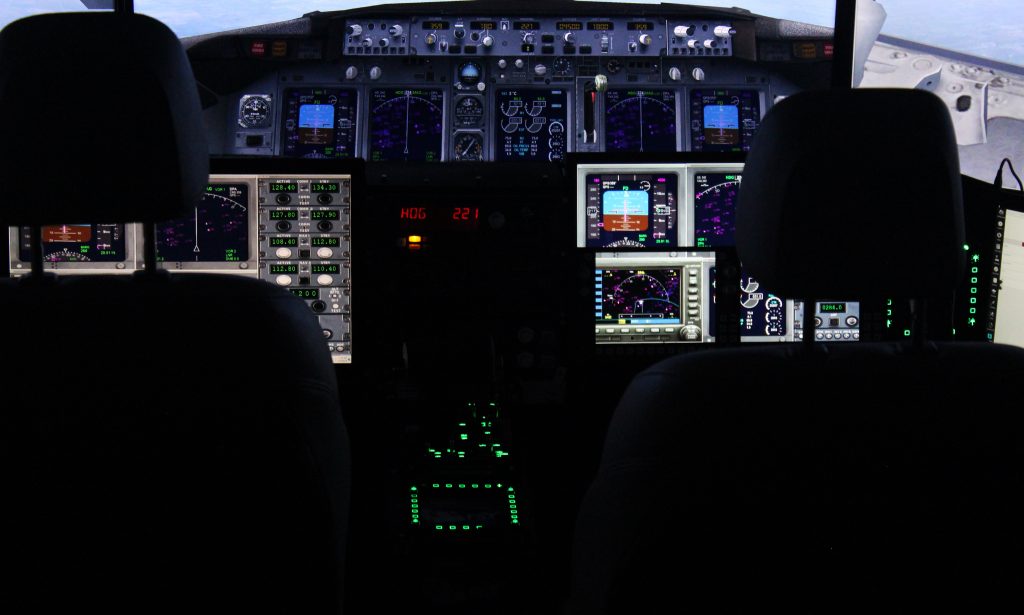
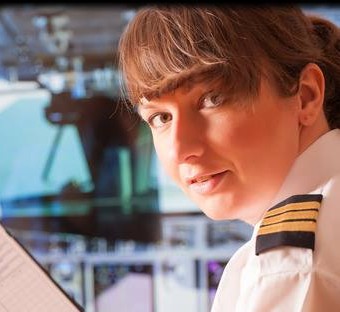
Comments are closed